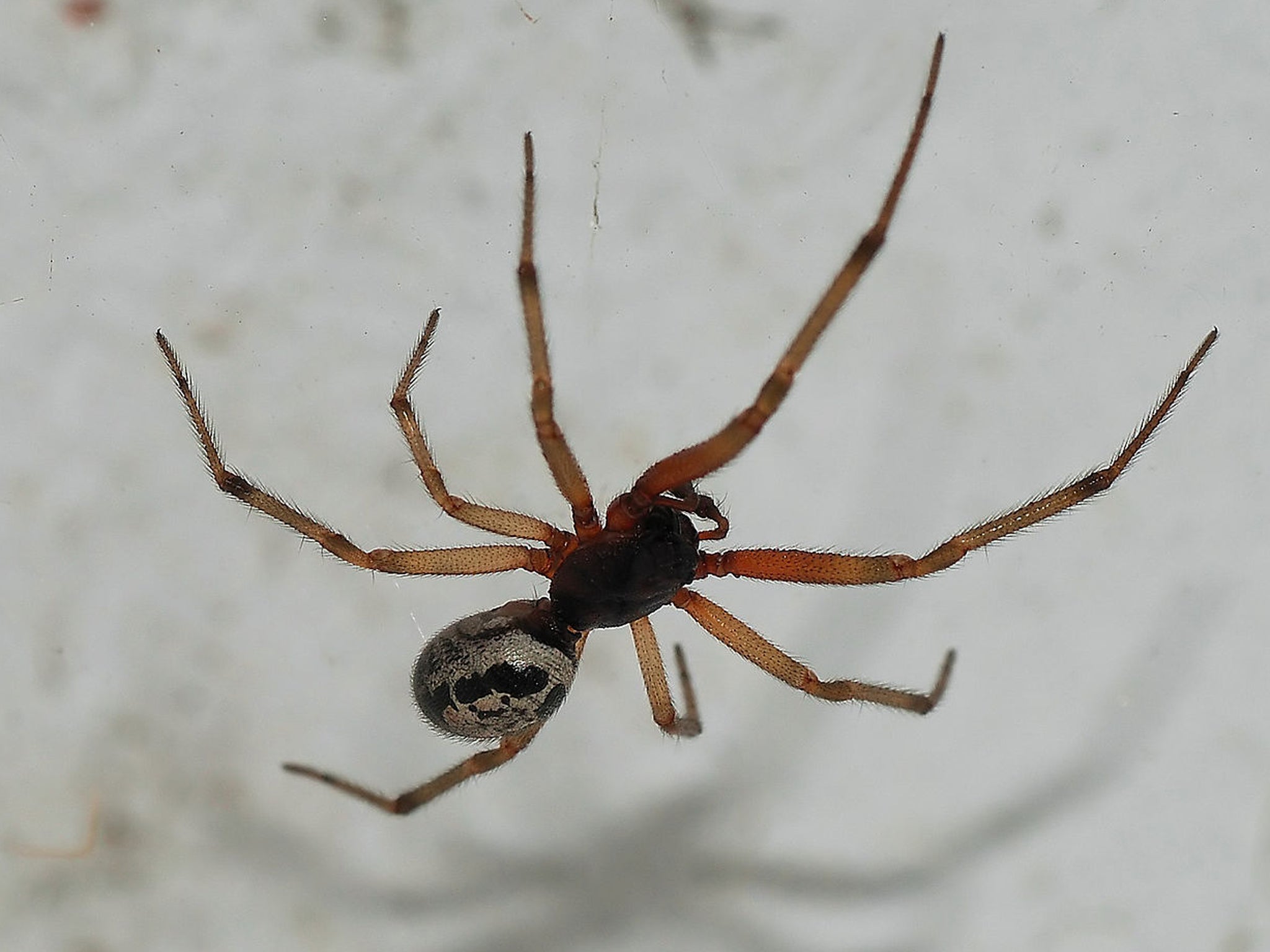False widow spiders found in living room in Theale, Berkshire
Sightings are spreading across the country amid concerns they could be moving inside out of the cold

Your support helps us to tell the story
From reproductive rights to climate change to Big Tech, The Independent is on the ground when the story is developing. Whether it's investigating the financials of Elon Musk's pro-Trump PAC or producing our latest documentary, 'The A Word', which shines a light on the American women fighting for reproductive rights, we know how important it is to parse out the facts from the messaging.
At such a critical moment in US history, we need reporters on the ground. Your donation allows us to keep sending journalists to speak to both sides of the story.
The Independent is trusted by Americans across the entire political spectrum. And unlike many other quality news outlets, we choose not to lock Americans out of our reporting and analysis with paywalls. We believe quality journalism should be available to everyone, paid for by those who can afford it.
Your support makes all the difference.A man has discovered a number of false widow spiders, Britain’s most venomous arachnid, in his living room in Theale, Berkshire.
Though established along the south coast of England for more than 100 years, the false widow – named for its similarity in appearance to the deadly black widow – has increasingly been sighted further north this year.
Last week’s find, reported in the Reading Post, also suggests they could now be venturing inside out of the worsening cold. They are more commonly found just outside homes and in garden sheds.
Ian Allen, 39, told the local newspaper he was about to leave for work when he saw the false widow.
“It was hanging about chest height and I didn’t realise what it was at first until I caught it and saw the markings on its back. I’m okay with spiders so I wasn’t scared, but my wife is petrified so I wanted to remove it before she got up.
“I put it in a glass and covered it with cling film and it’s still alive and appears to be weaving a web.”
Mr Allen’s wife Susannah found another of the species in the room later that morning, and he stumbled across a further two outside the back door a day later.
False widows have a large, bulbous midrift, brown features and characteristic cream, sometimes skull-shaped markings.
The spread in sightings across England and Wales has caused some concern, but they are not typically an aggressive species. While a bite can require a trip to A&E for those who have a nasty reaction, they are generally little worse than a wasp or bee sting.
Dr Rachael De Caux, emergency department consultant at Reading’s Royal Berkshire Hospital, told the Post: “The very best advice for people who see one of these spiders is to leave it alone. If people do get bitten in most cases it will result in a small localised redness and swelling – much like a bee sting. It should be treated in the same way.
“Gently wash the affected area with soap and water and use a cold pack on the swelling. But in a minority of cases the bites may cause nausea, vomiting, headache, severe local pain, hot and cold flushes and local sweating – these are the people we need to see. They should get to us here in the Emergency Department as quickly as possible so that we can treat them.”
Join our commenting forum
Join thought-provoking conversations, follow other Independent readers and see their replies
Comments